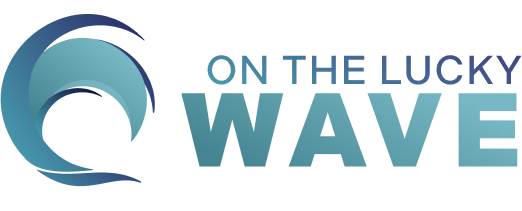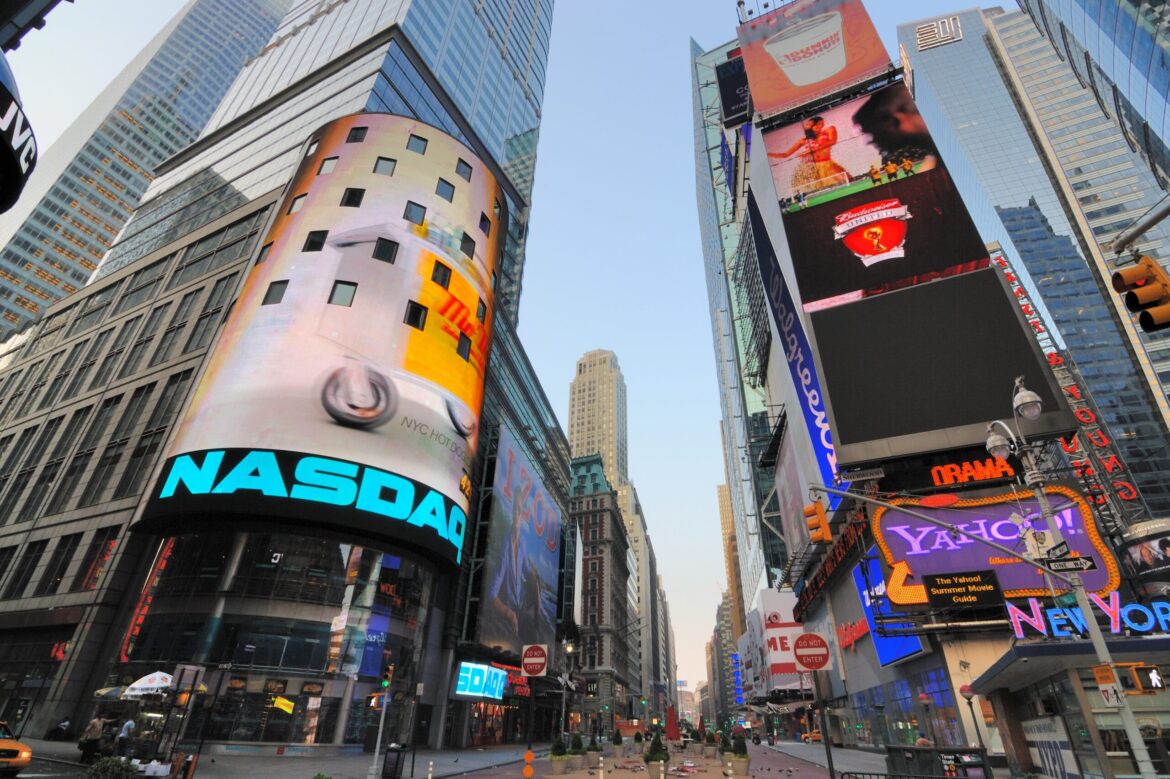The Global X Nasdaq 100 Covered Call ETF (QYLD) stock price has been in a strong bullish trend this year, helped by the strong performance of technology stocks. QYLD shares jumped to a high of $17.6, the highest level since May 5 last year. It has soared by over 25% from the lowest level this year.
QYLD vs QQQ
The Global X Nasdaq 100 Covered Call ETF is a financial product that tracks the tech-heavy Nasdaq 100 index. It is different from Invesco’s QQQ in several ways. First, it is a highly expensive ETF with an expense ratio of 0.60%. QQQ has a small expense ratio of just 0.20%.
Second, QYLD has a substantially higher dividend yield. According to SeekingAlpha, the fund has a trailing dividend yield of almost 12% while QQQ yields just 0.65%. QYLD has monthly income distributions.
The most important difference is how the two ETFs are constructed. QQQ simply tracks the Nasdaq 100 index while QYLD has more financial engineering behind the scene. It applies the concept of a covered call, which is an options strategy where a person sells a call option while also owning the security.
Therefore, because of its high dividend yield, most people who invest in the Global X Nasdaq 100 Covered Call ETF do so because of its monthly distributions. There is also a belief that it does well when there is an elevated volatility in the market.
QYLD has lagged QQQ
However, historically, the fund has underperformed QQQ. For example, dividends included, the QYLD ETF has jumped by more than 10.80% in the past 12 months while QQQ has risen by almost 17.60%. The same is true in the past five years when the QYLD fund rose by 25% compared to QQQ’s 110%.
According to Morningstar, $10,000 invested in QYLD in 2013 would be worth $18,916 today. A similar amount invested in QQQ would be worth over $26,956, giving a spread of $8,040, which is a lot of money.
Therefore, with the Global X Nasdaq 100 Covered Call ETF, we have an ETF that has higher dividend payouts and one that underperforms the underlying ETF. Most importantly, there are even concerns whether the fund provides a hedge against volatility at all. For example, it crashed hard during the Covid-19 pandemic as the Nasdaq 100 index fell.
And using history as a guide, despite the underperformance in 2022, the Nasdaq 100 index typically rises in an extended period. This means that the QYLD will constantly make its own asset more expensive.
The post Here’s why QYLD ETF is better than QQQ despite its 12% yield appeared first on Invezz.

